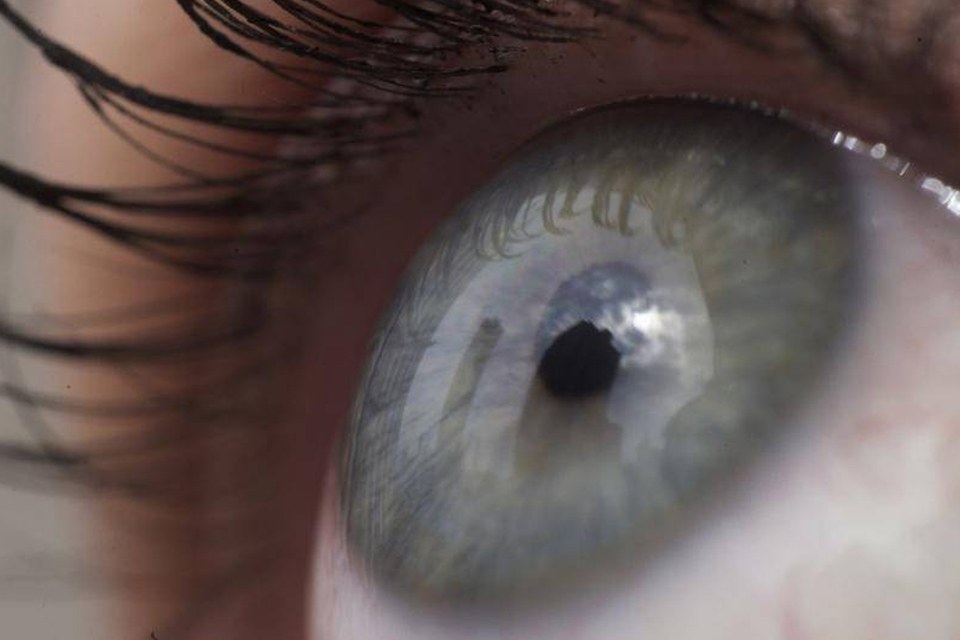Australian Associated Press Recently Wrote: Red Light Could Improve Over-40s' Eyesight
A small LED torch that emits deep red light could help improve declining eyesight, scientists have said: A study by University College London, involving a small sample size of 24 people, has shown that staring at long wavelength light for three minutes every day can "significantly improve vision" in those aged 40 and above.
Scientists believe the discovery, published in the Journals of Gerontology, could pave the way for new eye therapies that are affordable and can be done by the patient at home.
Cells in the eye's retina begin to deteriorate about 40 years of age. According to the researchers, the pace of this ageing is caused partly by a decline in the cell's mitochondria, whose role is to produce energy and boost cell function.
Lead author Professor Glen Jeffery, of the UCL Institute of Ophthalmology, said: "As you age, your visual system declines significantly, particularly once over 40. "To try to stem or reverse this decline, we sought to reboot the retina's ageing cells with short bursts of long-wave light."
The researchers recruited 24 people, aged between 28 and 72, who had no ocular disease to take part in their study. The participants were given special LED torches to take home and were asked to gaze into its deep red 670 nm light beam for three minutes a day for two weeks.
They were then retested for color vision as well as for vision at low light levels. The ability to detect colors improved by up to 20 per cent in some people aged about 40 and over, the researchers said. The ability to see in low light also improved significantly within the same age group, they said, although the improvements were not as dramatic as the gains seen in color vision.
The effect was not seen in younger individuals who were aged below 40.
"The technology is simple and very safe, using a deep red light of a specific wavelength, that is absorbed by mitochondria in the retina that supply energy for cellular function," Prof Jeffery said. "Our devices cost about GBP 12 to make so the technology is highly accessible to members of the public."

